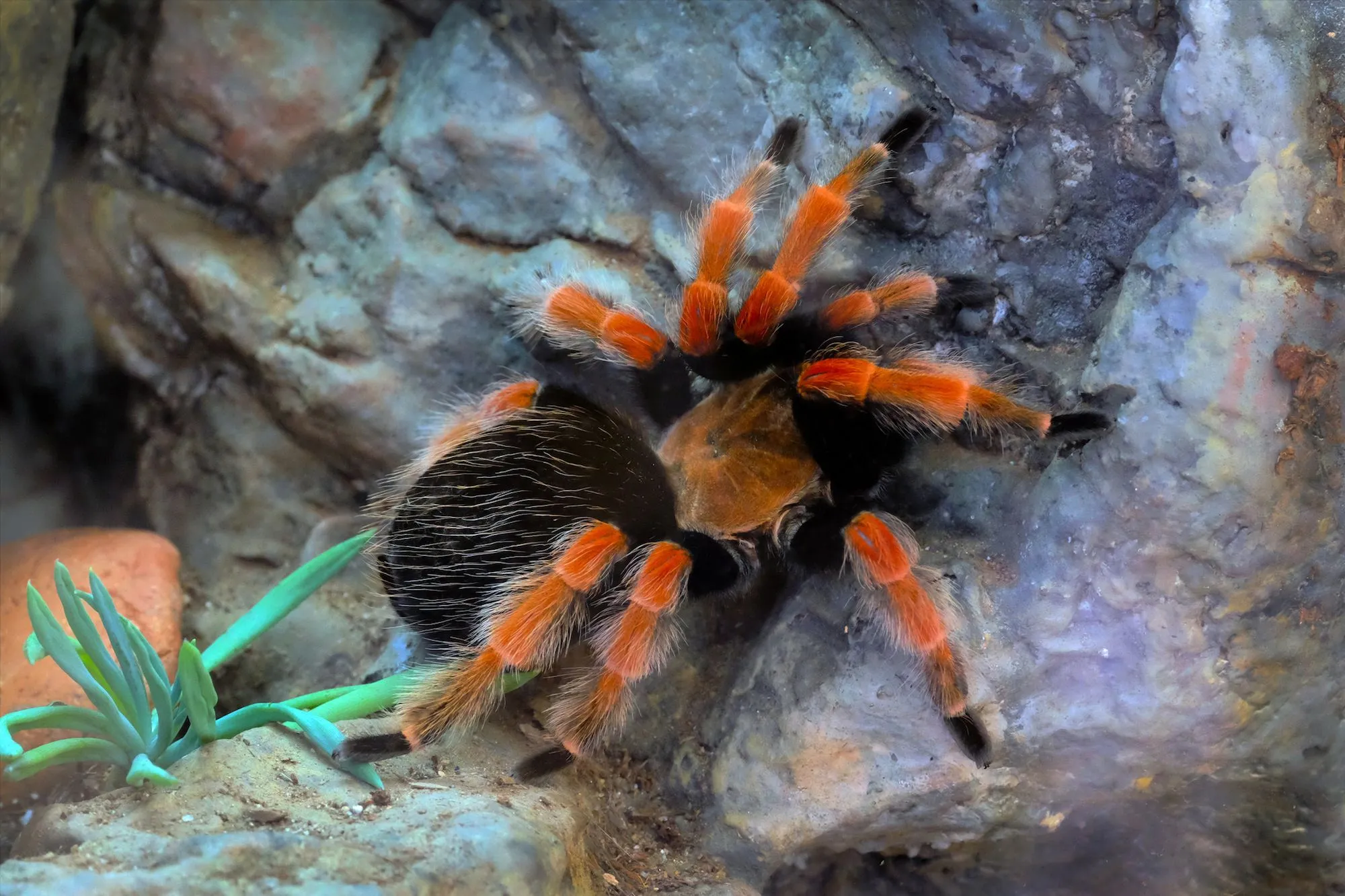Why Buy a Baby Mexican Red Knee Tarantula
The baby Mexican Red Knee Tarantula (Brachypelma hamorii) is a captivating and rewarding pet for the right owner. These tarantulas are renowned for their striking beauty, docile nature, and relatively easy care requirements, making them a popular choice for both novice and experienced arachnid enthusiasts. Their longevity, with females living up to 20-30 years, offers a unique opportunity to build a long-term bond with a fascinating creature. Moreover, the baby Mexican Red Knee Tarantula provides a chance to observe the intricate behaviors of an arthropod, from molting to hunting, offering a truly enriching pet ownership experience. Owning one offers a glimpse into the fascinating world of invertebrates and a chance to appreciate the beauty of nature’s design. It’s a relatively low-maintenance pet, requiring less daily attention than many other animals, which is appealing to busy individuals. Their manageable size, especially at the baby stage, allows them to be housed comfortably in a variety of living spaces, making them a practical choice for apartment dwellers or those with limited room.
Appearance and Characteristics
The baby Mexican Red Knee Tarantula is immediately recognizable by its distinctive coloration, which becomes more pronounced as it matures. Their bodies are covered in a dense layer of fine hairs, providing sensory information and protecting their exoskeletons. The most striking feature is the alternating bands of black and vibrant red or orange on their legs. This color pattern provides a warning signal to potential predators, signaling that the tarantula is capable of defending itself with urticating hairs. The carapace, the upper part of the cephalothorax, is typically dark brown or black, and the abdomen is covered in a reddish-brown hue with darker patterns. Baby tarantulas often have a slightly muted color palette compared to adults, but the characteristic red knees are already visible from an early age. The tarantula’s chelicerae, or fangs, are used to inject venom to subdue prey. The pedipalps, small leg-like appendages near the mouth, aid in feeding and sensory perception. They also have spinnerets at the end of the abdomen which produce silk for web-making and lining their burrows.
Size and Lifespan
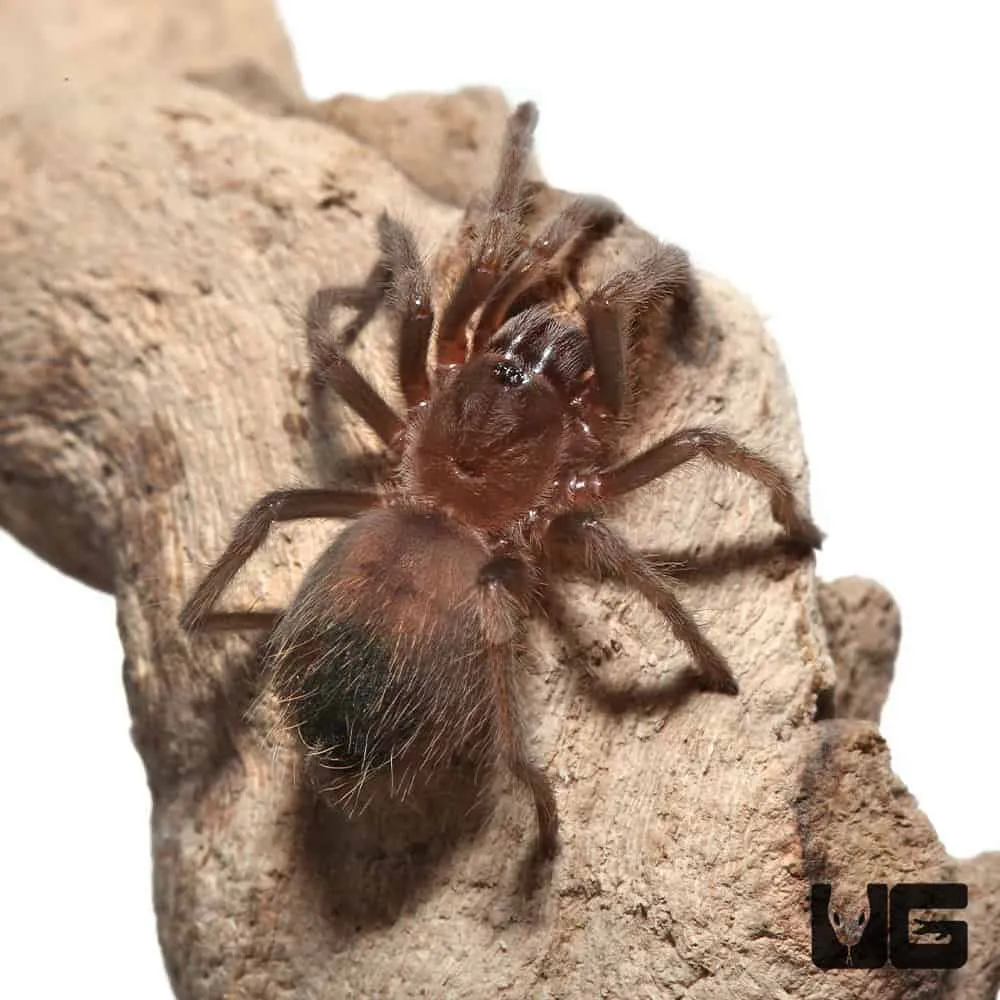
When considering a baby Mexican Red Knee Tarantula for sale, understanding its size and lifespan is crucial for providing proper care. Baby tarantulas are, of course, very small, usually with a leg span of about 1-2 inches. They grow relatively slowly, reaching a leg span of up to 5-6 inches as adults. This growth rate allows owners to observe the fascinating molting process, a key aspect of tarantula development. The lifespan of a Mexican Red Knee Tarantula is quite remarkable. Females can live for 20-30 years, while males typically live for 5-10 years. This significant lifespan makes them a long-term commitment. This longevity makes the Mexican Red Knee a rewarding pet for those prepared to provide consistent care over an extended period. Knowing their lifespan helps prospective owners plan for their pet’s future, ensuring that they can provide the necessary environment and care throughout its life cycle. The gradual growth and long lifespan mean that owners can witness and enjoy the tarantula’s development over many years.
Baby Mexican Red Knee Tarantula Habitat and Enclosure
Setting up the proper habitat is paramount to the health and well-being of your baby Mexican Red Knee Tarantula. A well-designed enclosure provides a safe and stimulating environment that allows your tarantula to thrive. It is essential to replicate their natural habitat as closely as possible to fulfill their environmental needs. This includes providing appropriate substrate, hiding places, temperature gradients, and humidity levels. A suitable enclosure also makes it easier for you to observe your tarantula, monitor its health, and maintain the necessary conditions. A poor enclosure can lead to stress, which can manifest in behavioral changes and health problems. The setup you choose will have a direct impact on the tarantula’s quality of life. Proper enclosure setup is critical for a happy and healthy pet.
Choosing the Right Enclosure
The enclosure for a baby Mexican Red Knee Tarantula should be appropriately sized, secure, and well-ventilated. A general rule is to provide a space that is at least twice the tarantula’s leg span in width and length, and tall enough to allow for substrate and some climbing space. A clear, front-opening terrarium or a modified plastic container with a secure lid works well. Avoid enclosures that are too large, as they can make it difficult for a baby tarantula to find food. The enclosure should be made of a durable material that can withstand the tarantula’s potential digging and climbing. The lid should be tight-fitting to prevent escapes, and the enclosure should have adequate ventilation to prevent the buildup of humidity and mold. The ease of access is also an important factor. The ability to easily clean and maintain the enclosure is important to keeping your tarantula healthy.
Substrate and Decor
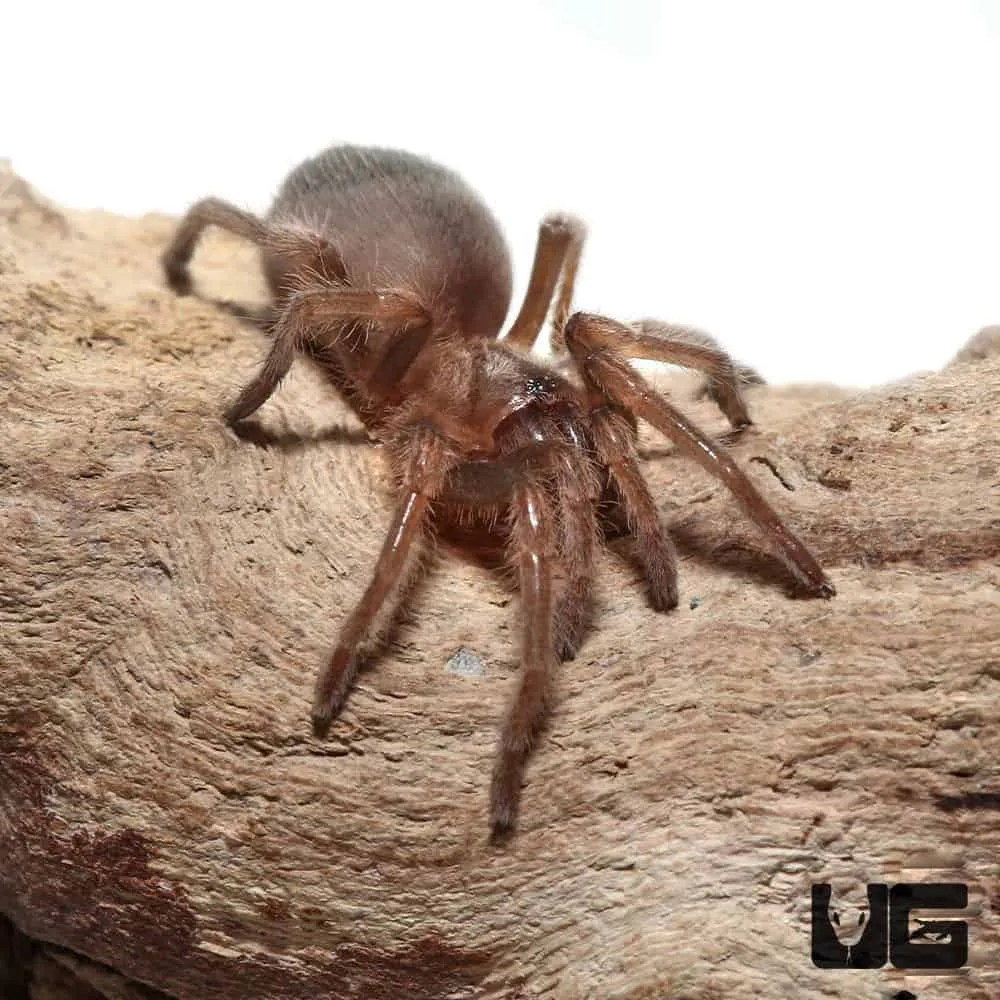
The substrate is the bedding material at the bottom of the enclosure, and it serves multiple purposes including absorbing moisture, providing a burrowing medium, and creating a natural environment. For baby Mexican Red Knee Tarantulas, a substrate composed of a mix of peat moss, coconut fiber, and a small amount of vermiculite is ideal. This combination holds moisture well, allows for burrowing, and helps maintain the appropriate humidity levels. The substrate should be deep enough for the tarantula to burrow, typically 2-4 inches deep. Decor can add visual interest and provide essential hiding places for the tarantula. Place a piece of cork bark or a small, sturdy hide in the enclosure. Avoid using sharp or abrasive decorations that could injure the tarantula. Ensure the decor is stable and won’t collapse. A shallow water dish should always be available for drinking. Regularly spot clean the substrate to remove any uneaten food or waste, and replace it entirely every few months to maintain hygiene.
Temperature and Humidity
Maintaining the correct temperature and humidity levels is vital for a baby Mexican Red Knee Tarantula’s health and well-being. The ideal temperature range is between 75-85°F (24-29°C). A heat lamp or under-tank heater can be used to maintain this temperature, ensuring that the temperature is consistent throughout the enclosure. Avoid direct contact between the heat source and the tarantula to prevent burns. Humidity levels should be kept between 60-70%. This can be achieved by misting the enclosure lightly with dechlorinated water a few times a week. Avoid over-misting, as this can lead to mold growth. The enclosure should have good ventilation to prevent the buildup of excess moisture. Monitoring the temperature and humidity with a thermometer and hygrometer is essential to make sure that you are providing the correct environment. Regular adjustments may be necessary based on the specific conditions in your home.
Baby Mexican Red Knee Tarantula Feeding and Care
Providing proper feeding and care is critical for the health and longevity of your baby Mexican Red Knee Tarantula. These tarantulas are relatively low-maintenance pets, but they still require a consistent feeding schedule, appropriate water, and a clean environment. Regular monitoring of your tarantula’s behavior, including eating habits and activity levels, can help you identify any potential health issues early on. The overall goal is to create an environment where the tarantula can thrive and exhibit its natural behaviors. These tarantulas are ambush predators, and it’s fascinating to observe them hunt and feed. Caring for a baby Mexican Red Knee Tarantula is a rewarding experience, fostering a sense of responsibility and appreciation for these amazing creatures. This is also the best opportunity to develop a solid routine for your new pet.
What to Feed Your Tarantula
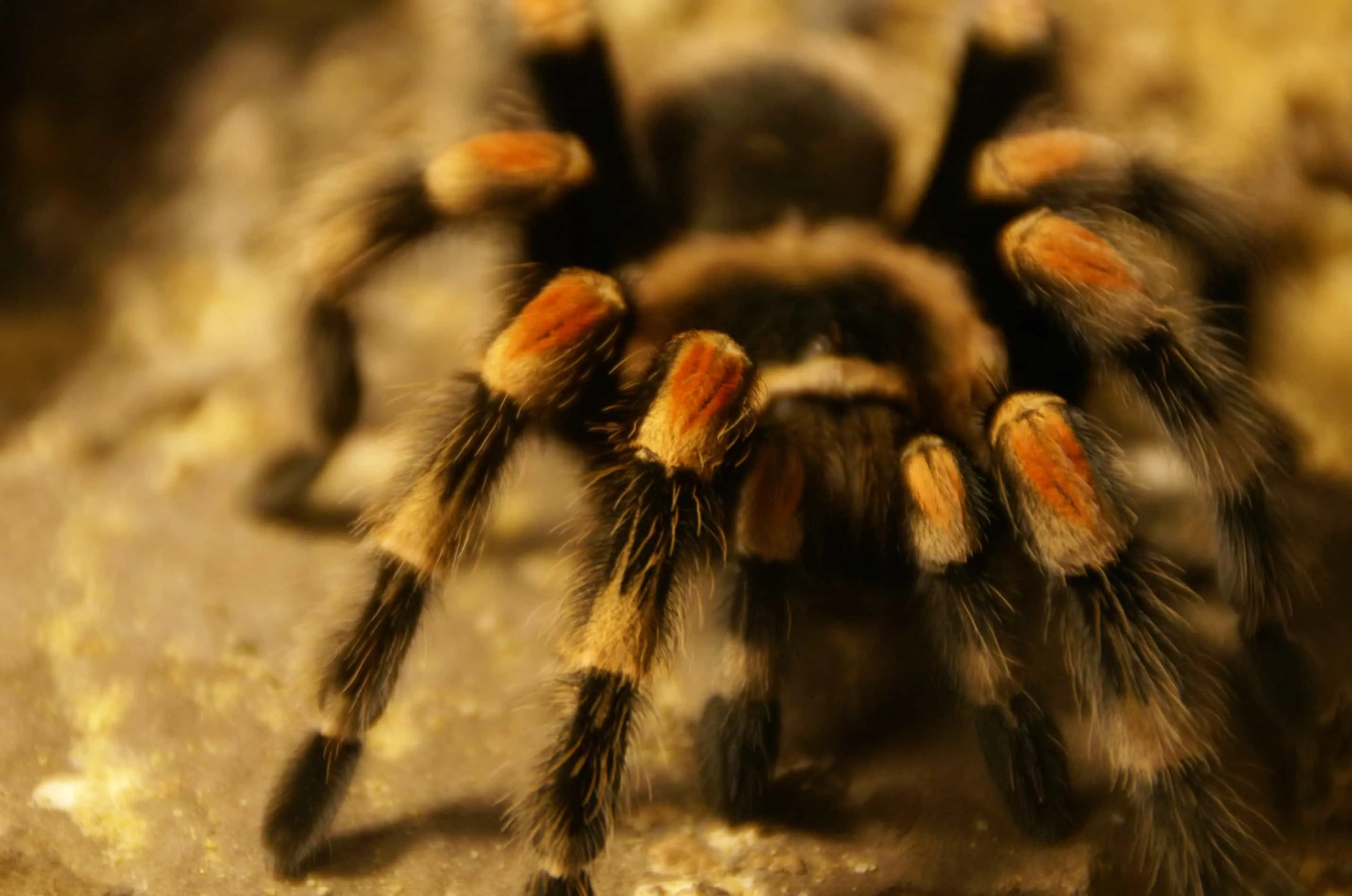
Baby Mexican Red Knee Tarantulas primarily eat insects, such as crickets, mealworms, and roaches. The size of the prey should be appropriate for the size of the tarantula; baby tarantulas require smaller food items to manage their nutrition requirements. Crickets and mealworms are easily sourced from pet stores. You should gut-load the insects before feeding them to your tarantula. This means feeding the insects a nutritious diet, which will pass on important nutrients to your tarantula. Avoid feeding your tarantula insects that have been exposed to pesticides or other harmful chemicals. Variety in the diet can be beneficial, so offering different types of insects can ensure a balanced diet. Always remove any uneaten insects within 24 hours to prevent them from stressing your tarantula or disturbing its habitat.
Feeding Frequency and Amount
The feeding frequency for baby Mexican Red Knee Tarantulas depends on their age and growth rate. Generally, baby tarantulas can be fed every 2-3 days. Young tarantulas that are molting need to have a good nutrition, and this often increases their feeding frequency. As the tarantula grows, the feeding frequency can be reduced to once a week. Observe your tarantula’s abdomen – if it appears too thin, it may need to be fed more often. The amount of food to offer should be appropriate for the tarantula’s size. Start with one or two appropriately sized insects and adjust based on whether the tarantula consumes them. Overfeeding can lead to stress and health issues. It is generally best to err on the side of underfeeding, as tarantulas can go for extended periods without food, especially just before molting. The abdomen should be moderately plump, not excessively so.
Water and Hydration
Providing a clean water source is crucial for your baby Mexican Red Knee Tarantula’s hydration. Always provide a shallow water dish filled with fresh, dechlorinated water. The water dish should be small enough that the tarantula can’t drown in it but easily access the water. Replace the water in the dish regularly, ideally every 1-2 days, to prevent contamination and ensure that the water is fresh. In addition to the water dish, you can also mist the enclosure lightly with dechlorinated water a few times a week to maintain humidity. Be careful not to over-mist the enclosure, as excessive moisture can lead to mold or bacterial growth, harming the tarantula. Observe your tarantula to ensure it is drinking from the water dish and maintaining adequate hydration.
Handling and Safety
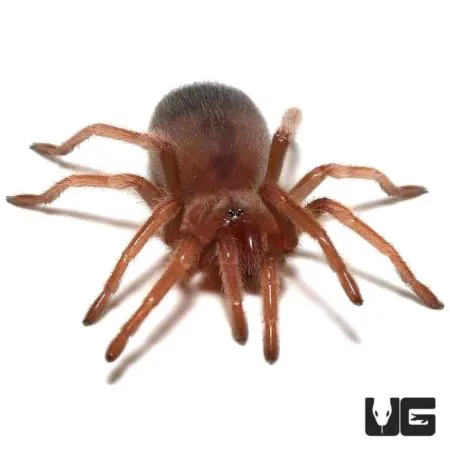
While baby Mexican Red Knee Tarantulas are generally docile, handling them should be done with care and caution. Handling can be stressful for the tarantula and can potentially lead to injury or defensive behavior. Always prioritize the well-being of the tarantula and avoid handling if it appears stressed or agitated. Educating yourself on the proper handling techniques and safety precautions is critical for both your safety and the tarantula’s. These precautions are essential to minimize the risk of bites and other potential injuries. Being aware of the potential hazards and handling the tarantula responsibly can help to build a safe and positive experience for both you and the tarantula.
Handling Guidelines
If you choose to handle your baby Mexican Red Knee Tarantula, do so with extreme caution and gentle movements. Allow the tarantula to walk onto your hand rather than picking it up directly. Avoid making sudden movements, as this can startle the tarantula and trigger a defensive reaction. Handle the tarantula over a soft surface, such as a bed or a carpet, in case it falls. Do not hold the tarantula for extended periods, as this can be stressful. The best practice is to minimize handling and observe your tarantula in its enclosure. If you must handle the tarantula for any reason, always wash your hands thoroughly before and after handling to prevent the transmission of any bacteria or chemicals.
Safety Precautions
Always be aware of the potential risks associated with tarantula ownership. Although baby Mexican Red Knee Tarantulas are not considered highly venomous, a bite can still be painful and cause localized symptoms. Avoid any direct contact with the tarantula’s urticating hairs, which can cause skin irritation. If you are bitten, clean the wound thoroughly with soap and water and monitor for any signs of allergic reaction or infection. Keep the enclosure secure at all times to prevent escape. If the tarantula does escape, remain calm and try to locate it immediately. Keep children and other pets away from the enclosure. Always supervise children when they are near the enclosure. Store any tarantula-related equipment, such as insect containers or cleaning supplies, safely and out of reach of children.
Where to Buy Baby Mexican Red Knee Tarantulas
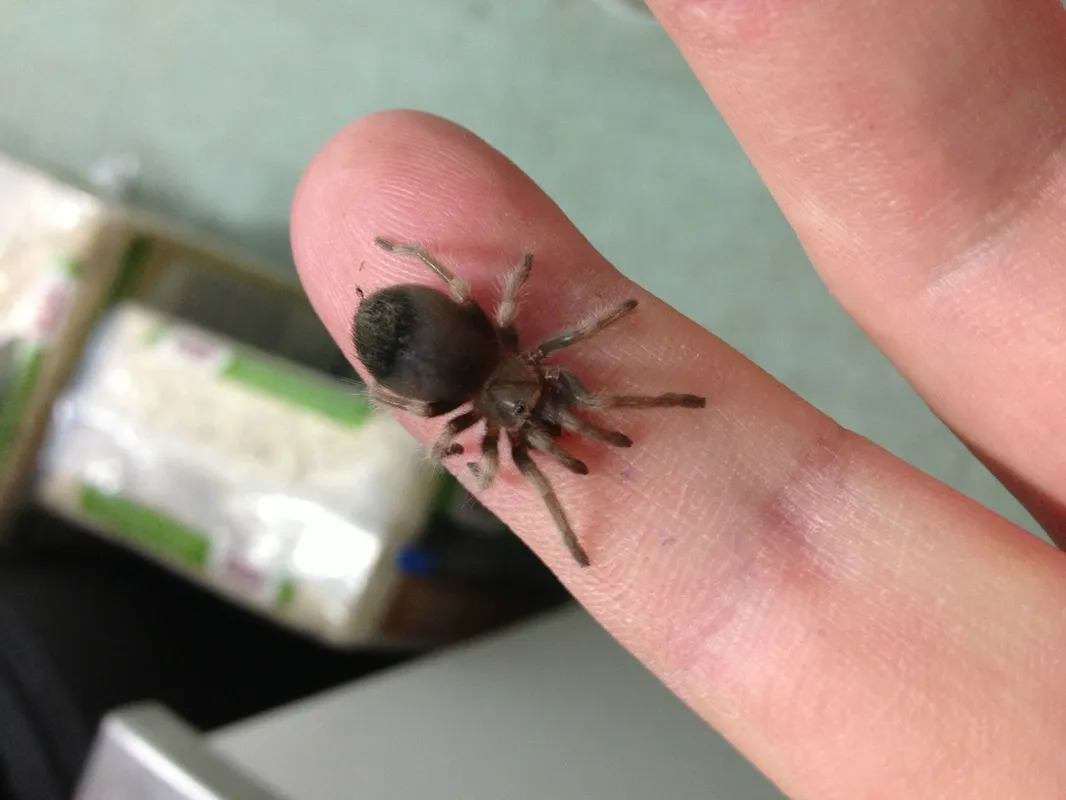
Finding a reputable source is essential when you are looking to buy a baby Mexican Red Knee Tarantula. Consider the source’s reputation, health, and quality of the tarantulas. Choosing a reliable vendor can provide you with a healthy specimen, expert advice, and ongoing support. There are several options available for acquiring a baby Mexican Red Knee Tarantula, each with its own advantages and considerations. The best option for you will depend on factors like your location, preferences, and the level of support that you want. It’s always recommended to research potential vendors thoroughly before making a purchase.
Online Reptile Shops
Many online reptile shops specialize in selling tarantulas and other exotic pets. They offer a wide selection of species and often provide detailed information about each tarantula’s care requirements. Online retailers provide the convenience of shopping from home and the ability to compare various options. When choosing an online vendor, check for reviews and testimonials from other customers to verify their reputation. Make sure they offer a guarantee on the health of their tarantulas and have experience in shipping live animals. Confirm that they take the necessary precautions to ensure the safe delivery of the tarantula. Check their shipping policies and ensure that they adhere to all relevant regulations for the transportation of live animals. Look for shops with well-established reputations and a commitment to animal welfare.
Local Pet Stores
Local pet stores that specialize in reptiles or exotic pets can be a good option. You can inspect the tarantula in person and assess its health before making a purchase. Local pet stores offer the advantage of immediate access to support and advice from experienced staff. When considering a local pet store, check the store’s reputation and ensure that the animals are well-cared for. Check the health of the tarantula by observing its behavior, appearance, and overall condition. Talk to the staff about the tarantula’s history and any potential health issues. Ensure that the store has a good understanding of tarantula care and can provide useful information. Ask about the store’s policies on returns or exchanges in case of health problems.
What to Expect When You Buy
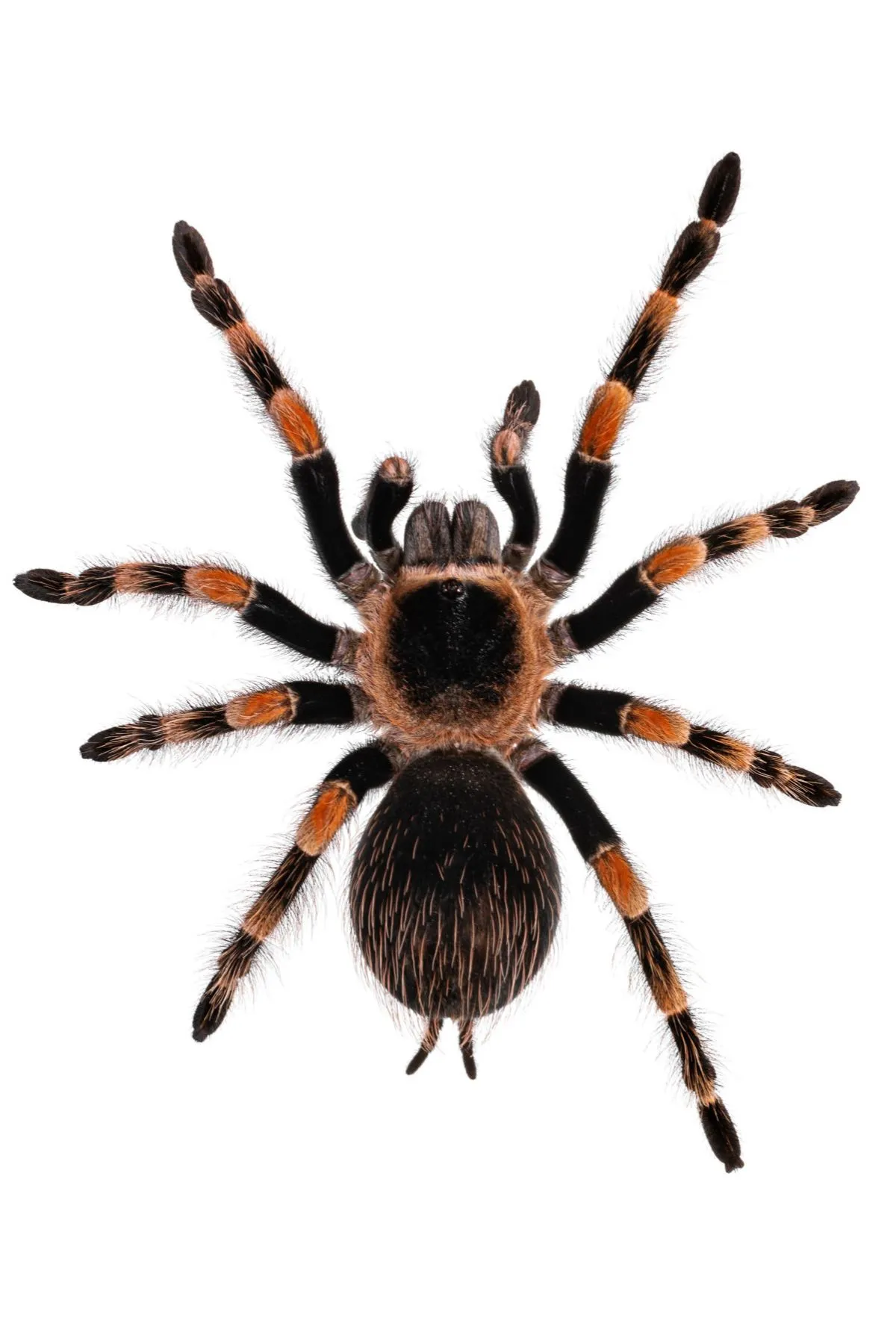
Purchasing a baby Mexican Red Knee Tarantula involves more than just the animal itself. You’ll need to prepare the enclosure, the substrate, and other supplies before you bring your tarantula home. Be sure to have the enclosure setup and ready before the tarantula arrives to minimize stress. Upon arrival, observe the tarantula for any signs of stress or injury. Familiarize yourself with the care guidelines and the tarantula’s needs. Ask any questions you might have regarding the vendor or the animal. Ensure that you have all the necessary supplies before you receive your tarantula, including the enclosure, substrate, water dish, and food. The tarantula will likely be shipped in a secure container. Make sure to inspect the container to ensure that it is in good condition.
Shipping and Delivery
Shipping a baby Mexican Red Knee Tarantula requires special care to ensure its safe arrival. Reputable vendors will use insulated boxes and heat packs or cold packs, depending on the weather conditions, to maintain a suitable temperature. The tarantula will usually be shipped overnight to minimize transit time. Once the tarantula arrives, carefully open the container and inspect the tarantula for any signs of stress or injury. It’s essential to acclimate the tarantula slowly to its new environment. If you are not present when the shipment arrives, it is essential to arrange for someone to receive the package and immediately bring the tarantula indoors. The shipping container should have adequate ventilation, but make sure that it does not expose the tarantula to extreme temperatures. Avoid exposing the tarantula to direct sunlight.
Acclimation and Setup
Once your baby Mexican Red Knee Tarantula arrives, it’s essential to acclimate it to its new environment. Place the tarantula in its prepared enclosure and allow it to settle in without disturbing it. Provide a hide and a shallow water dish. Over the first few days, monitor the tarantula’s behavior and ensure that it has access to water. Avoid handling the tarantula immediately after its arrival, giving it time to adjust to its new home. Make sure that you are following all guidelines. When the tarantula has settled, you can start with the feeding schedule. Patience and observation are key during the acclimation process. Contact the vendor immediately if you observe any concerning signs. Give the tarantula time to settle into its new environment.
